Frankfurt is not a big city, but do you know there are actually 47 Frankfurt neighborhoods? The number of Franksfurts neighborhoods makes it challenging for people moving to Frankfurt to pick their favorite. I am sharing my personal view here on the most popular Frankfurt neighborhoods. Hopefully it gives you a good insight.
| Neighborhood | Traffic Convenience | Price | Environment | Family Friendliness |
|---|---|---|---|---|
| Ostend | ★★★★ | ★★1/2 | ★★★1/2 | ★★★1/2 |
| Bornheim | ★★★ | ★★1/2 | ★★★★ | ★★★★ |
| Bockenheim | ★★★ | ★★★ | ★★★ | ★★★1/2 |
| Innenstadt | ★★★★★ | ★ | ★★★ | ★ |
| Gallus | ★★ | ★★★1/2 | ★★ | ★★★ |
| Westend | ★★★★ | ★ | ★★★★★ | ★★★ |
| Sachsenhausen | ★★★★ | ★★ | ★★★★ | ★★★1/2 |
| Nordend | ★★★★ | ★★1/2 | ★★★★1/2 | ★★★1/2 |
| Dornbusch | ★★★ | ★★★1/2 | ★★1/2 | ★★★★★ |
| Niederrad | ★★ | ★★★★ | ★★★1/2 | ★★★★ |
| Rödelheim | ★★ | ★★★★ | ★★★ | ★★★★★ |
| Schwanheim | ★ | ★★★★★ | ★★★ | ★★★★1/2 |
Ostend- the home of European Central Bank (ECB)

Population: 29,477
Area: 5.564 km²
Internationals: 29%
Ostend has gained popularity rapidly among flat hunters over the past few years with more and more constructions going on. Because of that, Ostend has two sides of faces. One side is the original residential area. It is very green with many cute old buildings and cafes/restaurants. The area is adjacent to Innenstadt (city center), with a nice green park “Friedberger Anlage” at the border.
The other side is the new residential area. It has become more and more lively these days with more people moving into the newly constructed buildings. Unfortunately it cannot avoid the disadvantages of many construction sites going on around.
Ostend has the biggest supermarkets in the city- big Rewe, big Aldi, big Lidl and Edeka Scheck-in center… It is definitely very convenient for daily life. Most of the residential area is very close to the Main river as well as the super-popular cafe “Oosten”and river park “Osthafenpark”. Another very popular park “Ostpark” also sits in Ostend. There are also a variety of big gym brands: Fitness First, Fitness Seven Eleven, Kieser Training ect.
As for transportation, there is the S-bahn station “Ostendstraße” which offers nearly all train lines, and the Ostbahnhof station where both regional trains and U-bahn (underground) line 6 run through. It is also very well connected by car- you can drive out of the city to highway in a short time. On top of that, it is a walking distance to city center from most residential buildings. Overall, I would recommend Ostend without hesitation.
Bornheim- young and lively neighborhood
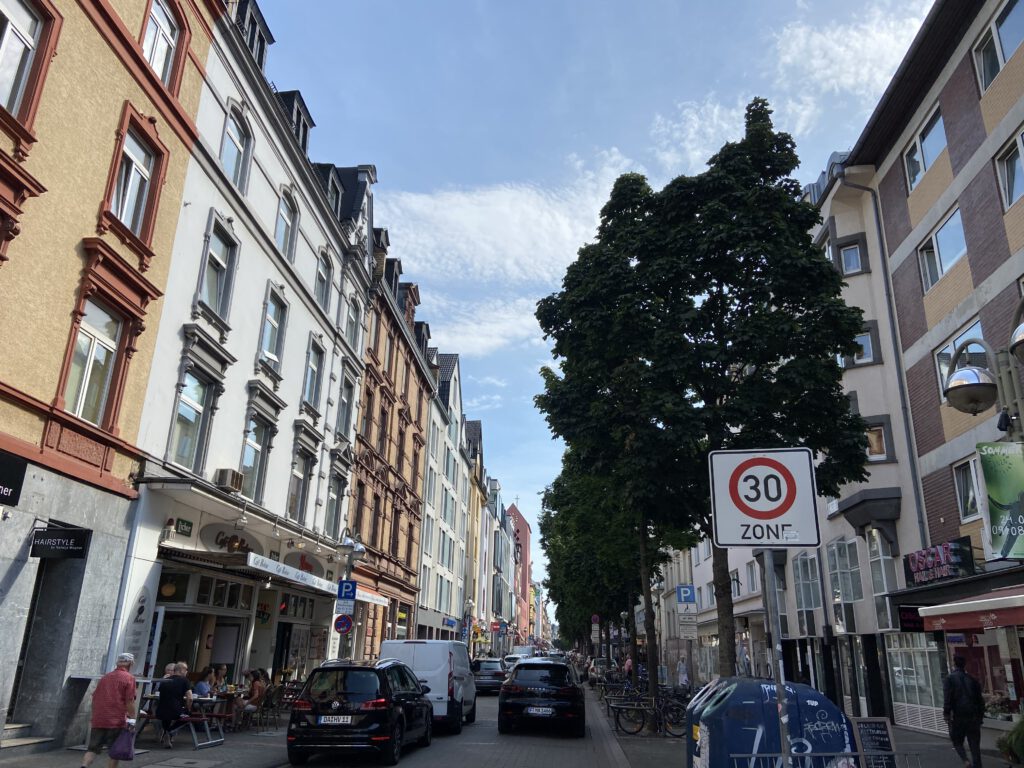
Population: 30,917
Area: 2.786 km²
Internationals: 24%
To the north of Ostend is Bornheim, the Frankfurt neighborhood most famous for the cafe/bar street “Bergerstraße”. The street attracts locals with chic cafés, bars, quaint boutiques, restaurants with global cuisines and lively night life. However, contrary to what many Frankfurters believe, the annual Begerstraße street festival does not take place in Bornheim but in Nordend-Ost.
For sport lovers, the neighborhood offers the city’s most famous sport club- TG Bornheim, public swimming pool- Panoramabad Bornheim and ice skating arena- Eissporthalle.
In terms of transportation, it might be a little bit less attractive as there is no S-bahn options and only 2 U-bahn lines that run through the area.
Just one tip: a lot of the flats there belong to housing associations, hence are not available to general public. But if you become a member of housing associations and have a family, it will be easier for you to find cheap housing options here.
Bockenheim- the district of uni students
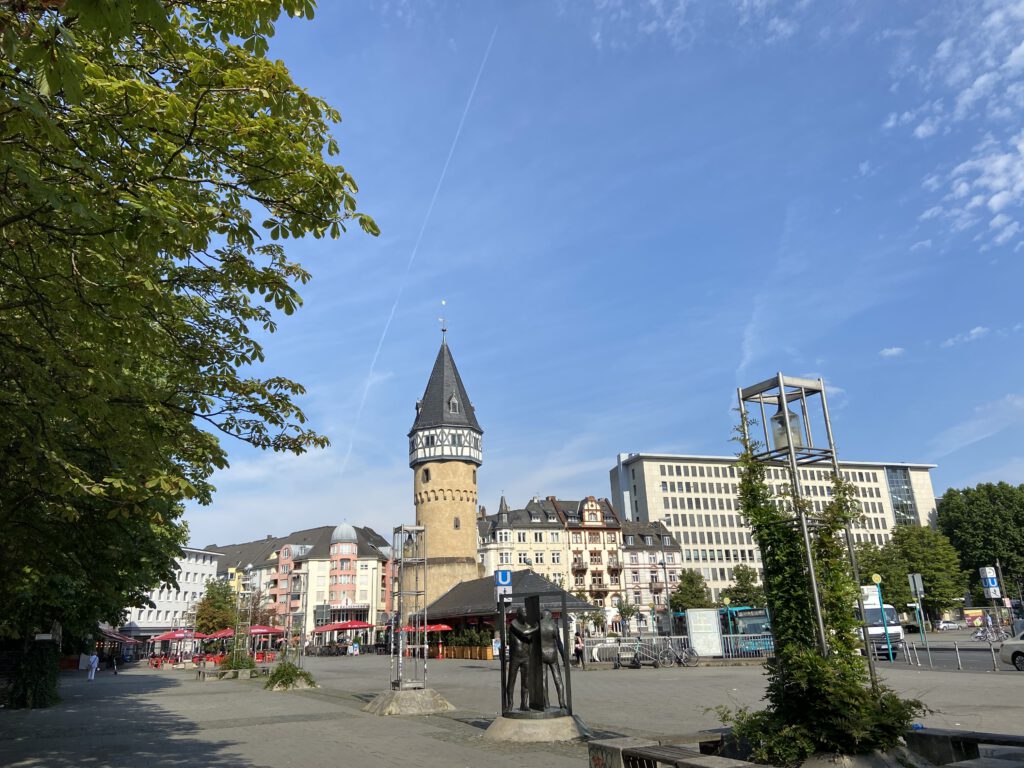
Population: 41,904
Area: 8.031 km²
Internationals: 33%
Bockenheim is bordered by the Goethe University, the city famous Senckenberg museum and the Frankfurt Trade Fair in the south. The buildings are mostly relatively old post WWII buildings. Only to the south of Westbahnhof can you find a lot of new buildings.
Due to its proximity to Goethe University and the reasonable pricing of flats here, Bockenheim is very popular with students. The beating heart of Bockenheim are Bockenheimer Warte, a large square with cafés, a weekly market and Leipziger Straße, a small shopping street full of small shops, cafés and restaurants.
For leisure moments, Rebstockpark in the west of Bockenheim offers a good option. In its proximity you can find Rebstockbad, the biggest swimming pool in Frankfurt. Bockenheim is generally well connected with subway lines U6, U7 and U4 as well as S-Bahn from Frankfurt Westbahnhof. However, the area to the south of Frankfurt Westbahnhof provides only options like bus and tram, which are slow and not always frequent.
Innenstadt (city center)- the bustling heart of Frankfurt

Population: 6,599
Area: 1.491 km²
Internationals: 46%
Innenstadt or the city center is the most central Frankfurt neighborhood. It harbors the pedestrian shopping street- Zeil, the most popular after-work hang out spot- Freßgass, the old and new opera house and the historical old town site. Innenstadt is home to many big companies, especially banks. It is also very close to the most popular part of the Main river.
That naturally brings the obvious convenience of living in Innenstadt, but remember to also pay attention to its drawbacks just like downtown area of any other cities:
- lack of residential choices
- higher flat cost
- the noise and crowd brought by both tourism and locals
Gallus- host of the biggest new residential area
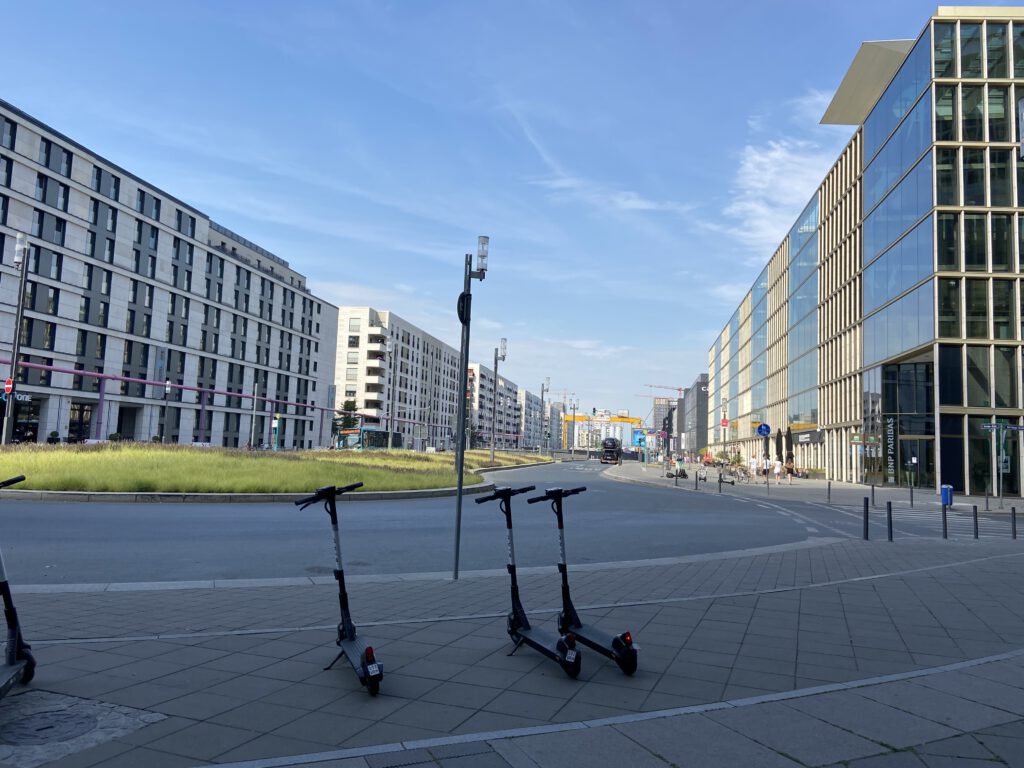
Population: 41,851
Area: 4.517 km²
Internationals: 41%
Gallus is a Frankfurt neighborhood that may not always be on the top of people‘s list for flat choices due to its less positive publicity. It is adjacent to the infamous Bahnhofsviertel (around main train station area) and probably not the safest area in Frankfurt. Unlike the other neighborhoods, there are in comparison less cute old nice houses and more after-war block constructions. The relatively cheap flat options are mostly what attracts people to live there. These days it is gaining popularity due to the Europaviertel, a big area of groups of newly-built residential buildings.
However, there are limited public transportation choices at Europaviertel. Dependent on where exactly you are, it can take easily 20 min on foot to go to the closest S-bahn station. The only U-bahn station is at the very edge of the area. On the bright side, there is Messe (exhibition center) and a big shopping mall- Skyline Plaza in the area, as well as probably the most important institution for many expats- “Ausländerbehörde” (immigration authority).
Westend- the most prominent neighborhood
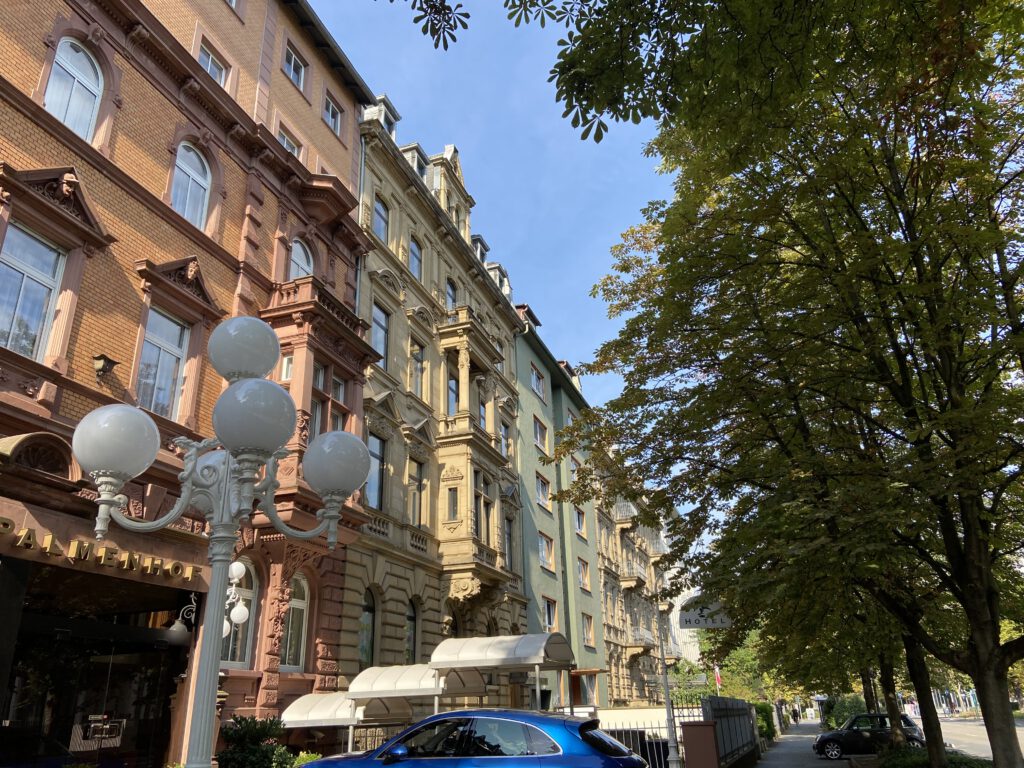
Population: 29,687
Area: 4.129 km²
Internationals: 28%
Westend, the “richest” Frankfurt neighborhood, in general has more expensive housing options than other neighborhoods. There are many posh-looking houses. You can probably compare it to Kensington and Chelsea borough in London. Strictly speaking, Westend is composed of two city districts- Westend-Nord (north) and Westend-Süd (south). The south part is adjacent to the city center and is home to many financial institutions. The north part is home to the Frankfurt university- Goethe Universität.
Westend has in my opinion the best living environment. It is very green. There is the famous botanic garden- Palmengarten, Grüneburg park near the university and Rothschild Park. The streets are neat, full of nice and cute old houses. It is quiet and very peaceful there. In terms of public transportation, it has one of the best S-bahn stations- Taunusanlage to offer and two U-bahn stations in the area.
Sachsenhausen- the neighborhood at the other side of the Main river
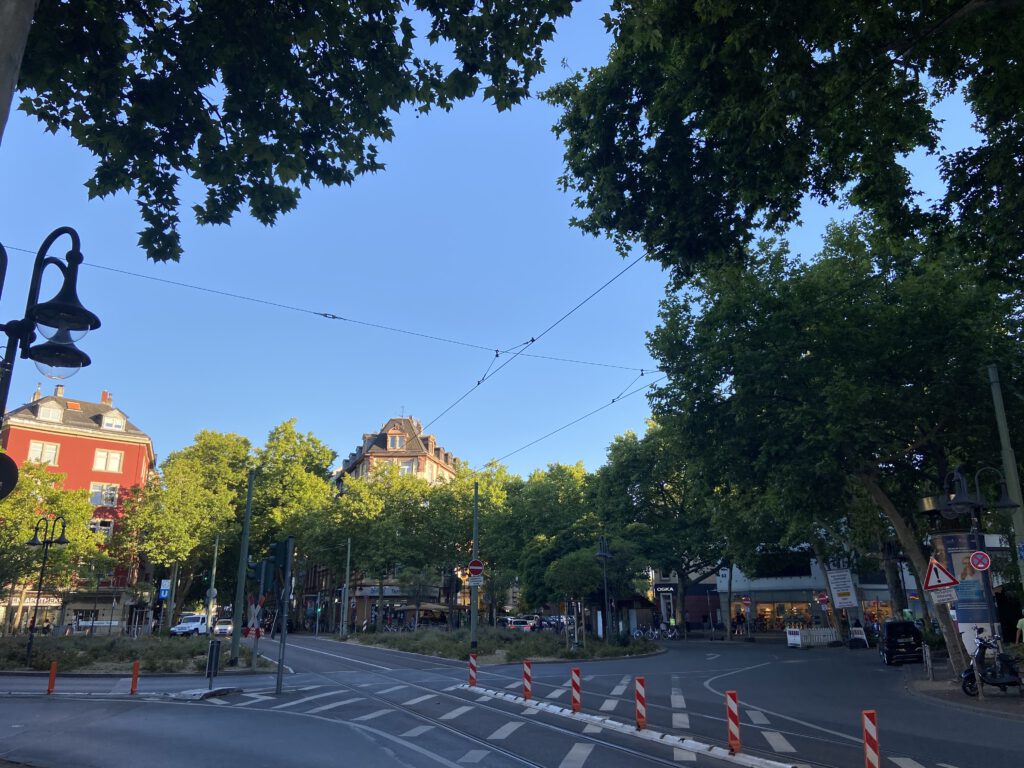
Population: 61,968
Area: 34.77 km²
Internationals: 25%
Sachsenhausen is the most famous Frankfurt neighborhood on the south of the river. It is mostly famous for its night life district. Sachsenhausen is big- it spans from the east side adjacent to the neighbor city Offenbach to as west as Messe. The closest section to the river of Sachsenhausen- Sachsenhausen Nord, is the most popular. There are many expensive new flats close to the river.
The center of Sachsenhausen has many preserved old buildings and cobblestone streets. It is also a nightlife hotspot with many popular bars and clubs.
Further south, housing is more affordable. The area has more of a quiet and suburban vibe to it. The most outstanding landmark in this area is “Henninger Turm“, a reconstructed 33 floor tower with luxury flats.
Most of Sachsenhausen is very well connected. The central hub of the area, Südbahnhof, offers S-Bahn, subway, tram and bus. However, some areas very close to the river or very far south are only well connected to tram or bus.
Nordend- Cozy Bohemian style area
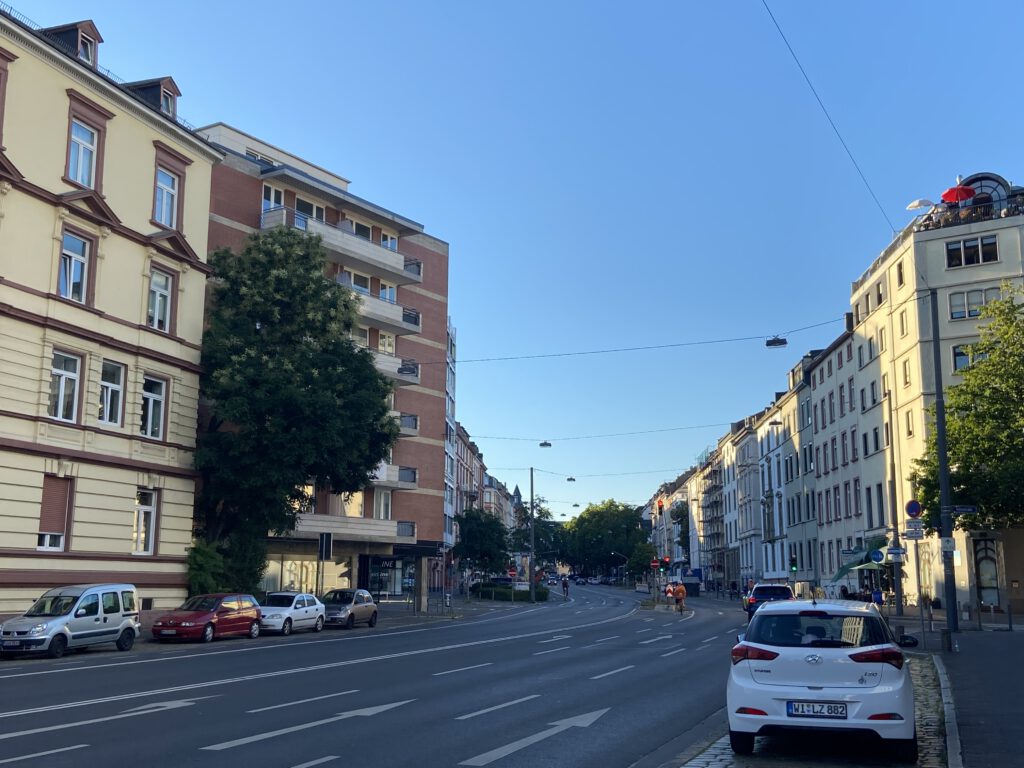
Population: 54,079
Area: 4.632 km²
Internationals: 22%
Nordend is a very popular and densely-populated Frankfurt neighborhood that is close to the city center. This district features some of the most beautiful architecture in town, many of the buildings and boulevards reaching back to the Wilhelminian time. There also are various parks; one of them, the Bethmannpark, features one of Germany’s very few Chinese gardens.
Nordend is a very lively area. There is a wide range of restaurants, bars and shops. There is also two small universities in the area, making it popular with young people. The north-west of Nordend is the most expensive area with the lowest population density. In the south-east flats are the cheapest, but the living environment is less cozy than in the north-west.
Nordend is very well connected by subway, which runs from there through the city center directly to Hauptbahnhof (main train station). There is however a lack of parking and a lot of noise from the main roads going through the area.
Dornbusch- quiet residential area
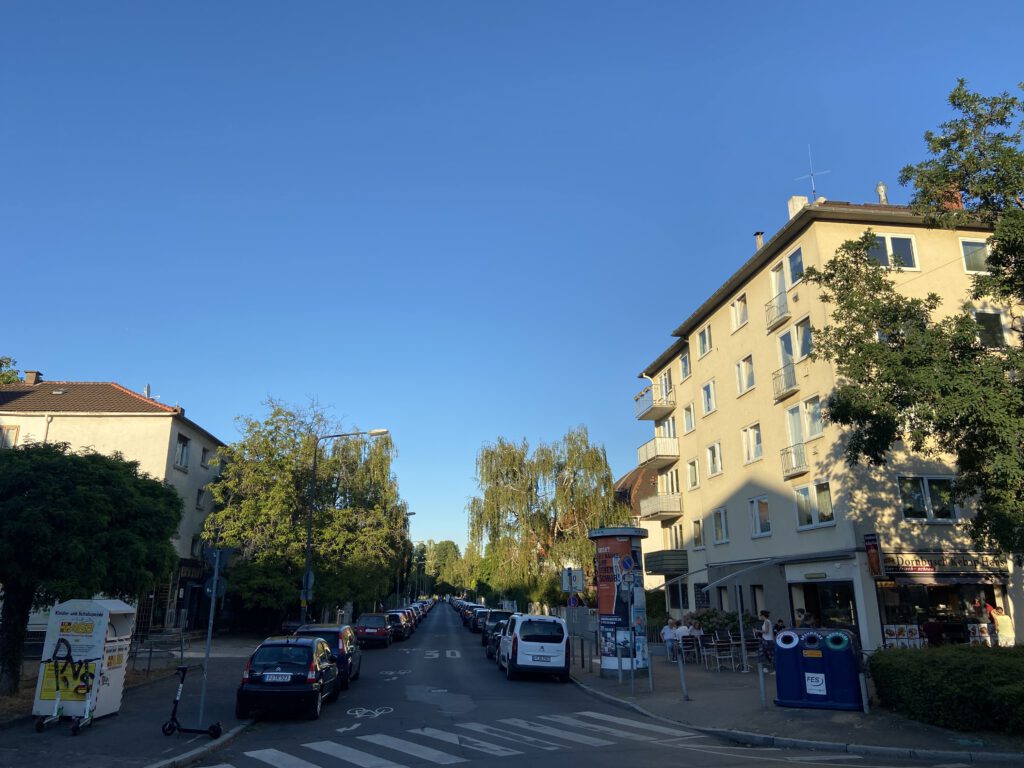
Population: 18,770
Area: 2.384 km²
Internationals: 22%
Dornbusch is a bit further from the city but the flats there are reasonably priced. The area is seperated by the Frankfurt subway, which runs above ground on Eschenheimer Landstraße, a busy main road. Dornbusch is known as a family friendly area with a lot of green.
The area west of the subway track is also known as Dichterviertel. In Dichterviertel there are many villas from the Wilhelmian era. Numerous local celebrities have made this area their home.
The remainder of Dornbusch is more affordable and also very green. Especially Sinaipark with 1 hectares of natural preservation area offers opportunities for relaxation.
Dornbusch is a very quiet, residential area. While this is an advantage for families, it also means that if you are looking for restaurants or bars you need to head closer to the city center.
Niederrad- village-like Frankfurt neighborhood
Population: 26,488
Area: 6.124 km²
Internationals: 36%
Niederrad is one of the few Frankfurt neighborhoods that is also at the south side of the river. The west part of Niederrad is a host to many industrial companies offices e.g. Nestle. In this area, a lot of new residential buildings are being constructed. As a result the area looks very neat and tidy but is still lacking in restaurants and cafés.
The south side of Niederrad is very green with parks and woods. If you go a bit further south, you can reach the green belt of Frankfurt. The football stadium is also at the southern border of Niederrad.
Overall, Niederrad is relatively quiet and peaceful but a bit remote at the same time. Unless you live near S-bahn station- Niederrad, it can take quite a while to go to city center with tram or bus.
Rödelheim – parks and recreation
Population: 19,360
Area: 4.660 km²
Internationals: 34%
Rödelheim is in the west of Frankfurt and bordered by the Nidda and the Solmspark. House pricing there is at a reasonable level. There are two large parks as well as the Bretanobad, a large swimming pool, for recreation. The area is thus very popular with families. The welcoming nature of Rödelheim is showcased by the existence of the oldest alternative-left living community in Germany.
In the east of Rödelheim, there are many “Schrebergärten”. These are detached gardens for people from the city who don’t have a garden there. In the west of Rödelheim there is a large industrial area. Among others, Possmann, the biggest producer of local specialty Apfelwein is located here. It is therefore very fitting that Rödelheim is one of the carnival hubs in the Frankfurt area.
Rödelheim is well connected through S-Bahn lines S3, S4 and S5. It has its own small shopping district. Nonetheless, Rödelheim is a bit more remote compared to more central suburbs.
Schwanheim- southernmost Frankfurt neighborhood
Population: 20,730
Area: 14.773 km²
Internationals: 24%
Schwanheim is the most southern Frankfurt neighborhood. Prices here are very affordable. As a result of its poor public transport connection – only tram 12 runs here- Schwanheim is more like a village nearby than a suburb in Frankfurt.
The commercial center of Schwanheim is the old Schwanheim area, where there are still some half-timbered houses. You can buy all daily necessities here but the selection of restaurants and cafés is limited. For more choices, you have to head closer to the city center.
Unbeknownst to most Frankfurt residents, Schwanheim is home to an inland dune. “Schwanheimer Düne” and the nearby forest make Schwanheim a great place to stay for anyone who wants to get out into nature after work.
Some tips on areas to be avoided:
- Bahnhofsviertel: dirty, typical hangout spot for drug addicts and drunkards, quite noisy and crowded
- Gutleutviertel: close to the main train station, noisy, lack of traffic convenience, probably not the safest area
Want to get notified about new articles? Subscribe to our Email newsletter below:

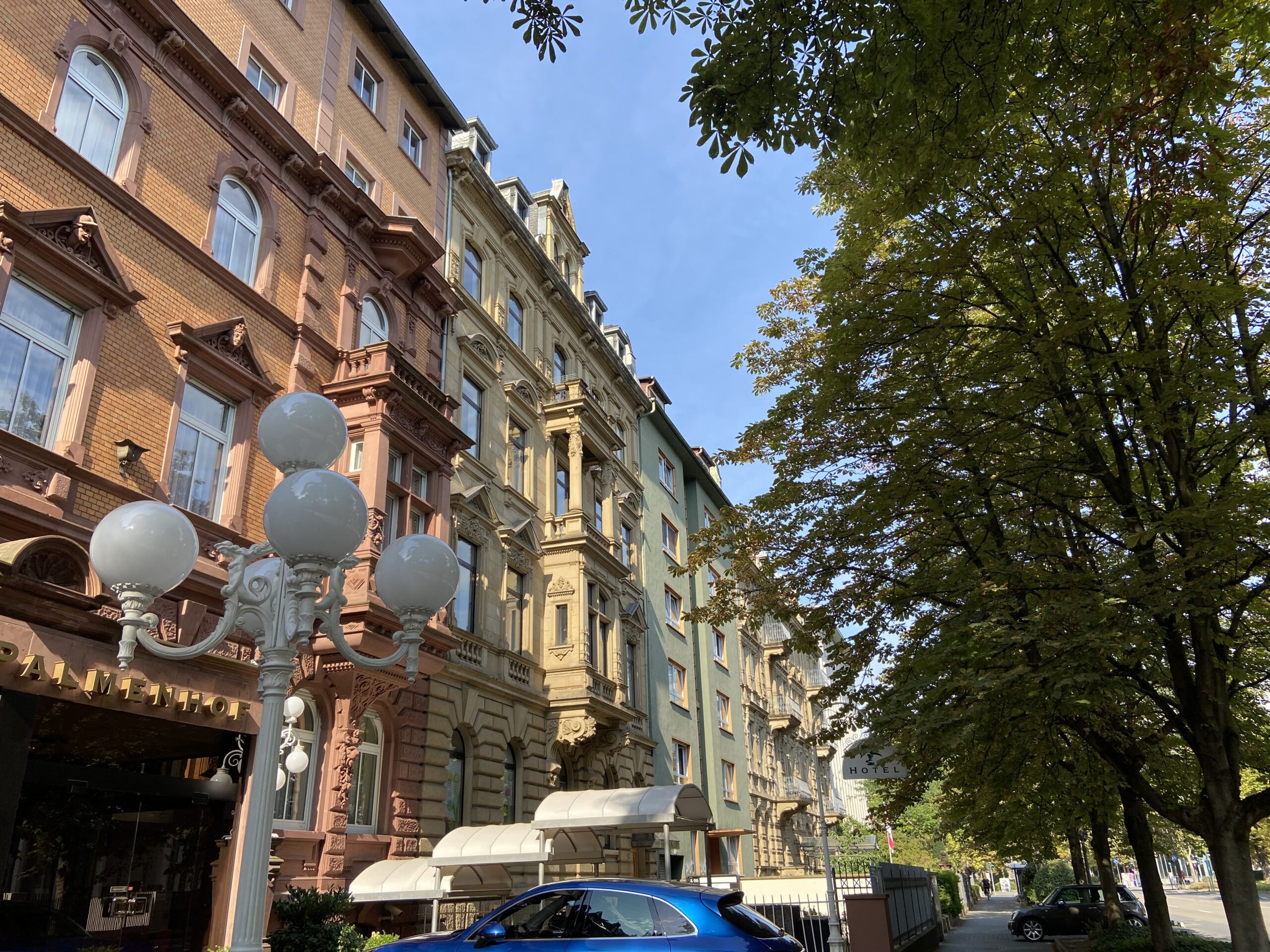
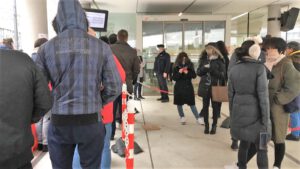
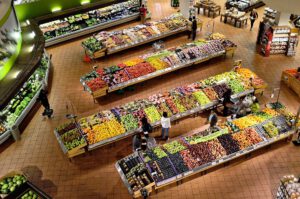
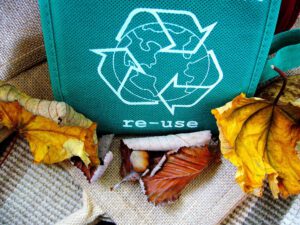
Very detailed introduction! Great!
what Nordend and Bornheim concerns, the author makes a common mistake!
there is a Nordend-West which is the area between Eschersheimer Landstrasse and Friedberger Landstrasse and there is a Nordend-Ost (which here is partially confused with Bornheim) which is between Friedberger Landstrasse and Sandweg … the Berger Street Festival takes place in Nordend-Ost and not Bornheim … if anything Bornheim only starts on the other side of Alleenring (Höhenstrasse)
Hi Arthur,
thanks for pointing that out! I will update the article. I also just performed a quick check of real estate websites and it seems even there some offers are miscategorised as Bornheim instead of Nordend-Ost.
Thanks for sharing
Pingback: 50+ most useful apps for life in Frankfurt - Frankfurtable